The Fine Art of Costume Jewelry

Thank you so much for subscribing to my newsletter! Wishing you the happiest of holidays, and I look forward to our dizzyingly stylish 2025 together! xooxxox
Costume jewelry offers something precious metals never can: the freedom to experiment fearlessly. That $50 necklace isn't just a more affordable option — it's an invitation to explore new styles without commitment, to wear dramatic pieces that would be impractical in precious metals, and to have more fun with your jewelry wardrobe. It's the perfect way to test whether you'll actually wear that chunky chain trend before investing in its gold counterpart, or to embrace an avant-garde design that might look overwrought in precious materials.
Some costume pieces proudly embrace this playful nature, venturing into creative territories where 18k gold would never dare to tread. Others aim to occupy the same aesthetic space as fine jewelry. While expecting a $50 necklace to perfectly mimic a $14,000 piece under close inspection isn't realistic, understanding the hallmarks of fine jewelry can help us make more discerning choices with costume pieces—whether we're looking for convincing classics or statement-making designs.
The Subtle Art of Seams
The presence of seams in costume jewelry isn't inherently problematic—even luxury pieces have them. The key lies in their execution. This attention to detail requires precision in manufacturing, separating thoughtfully designed pieces from mass-produced ones.
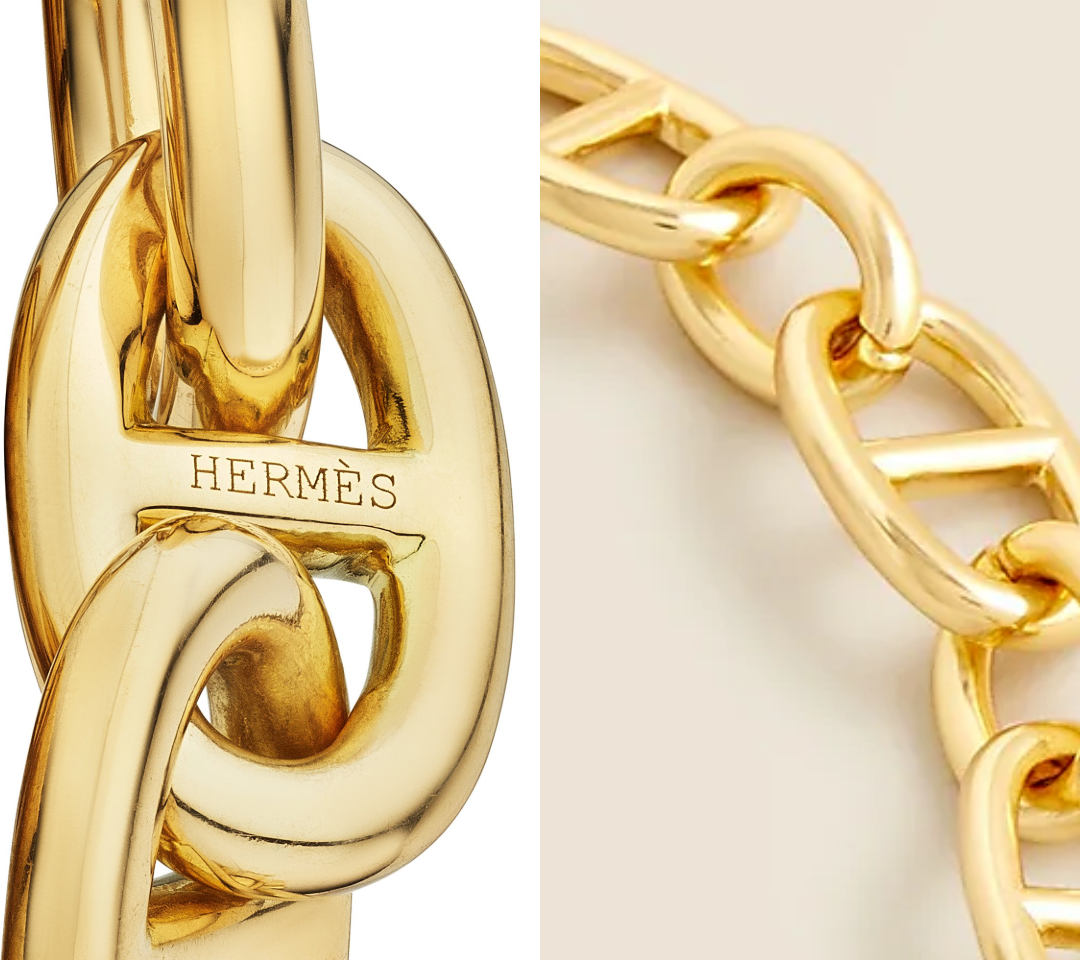
Look for pieces where seams are strategically placed and minimized. Quality costume jewelry will often position seams to face inward, making them less visible when worn.
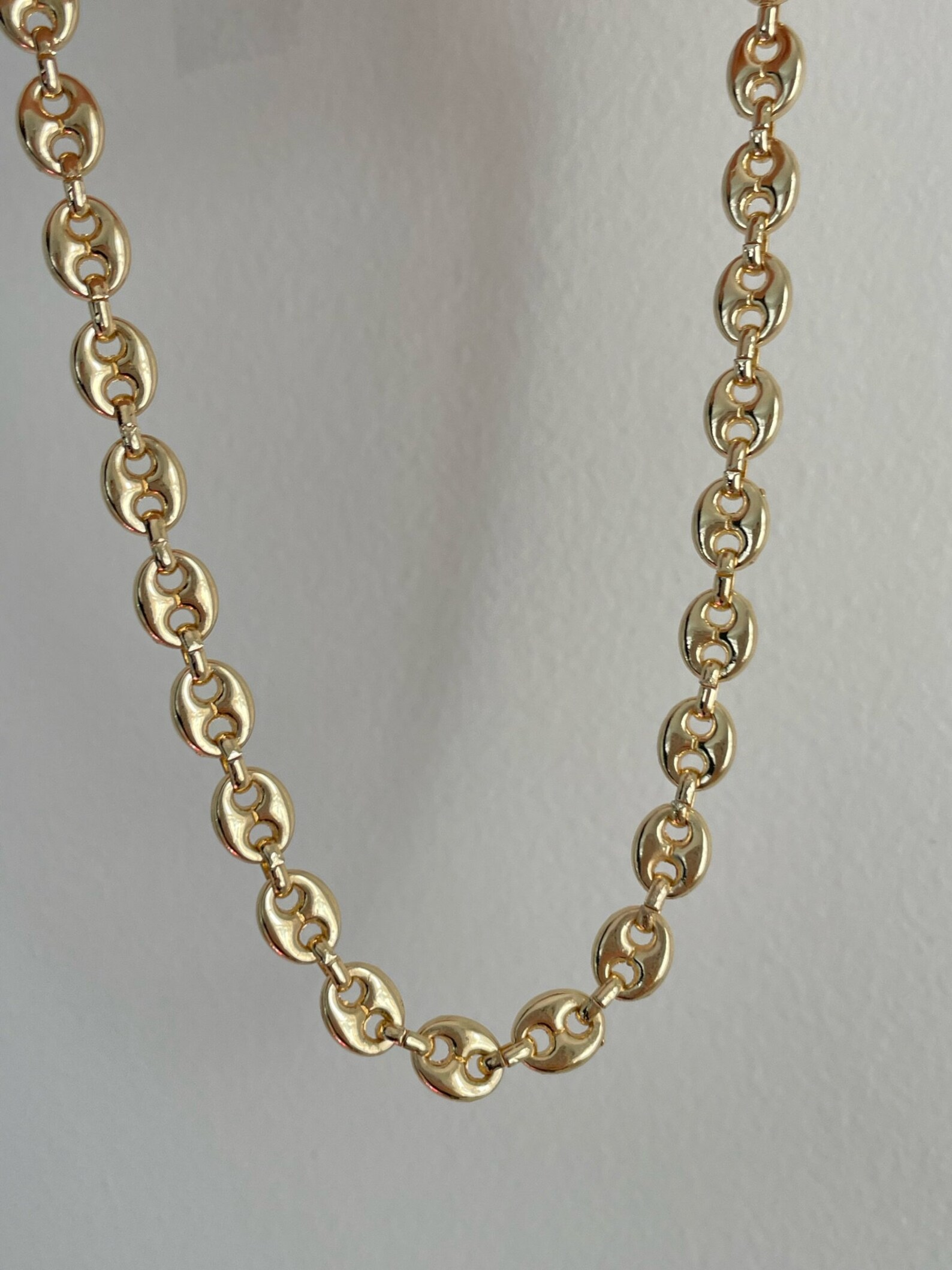
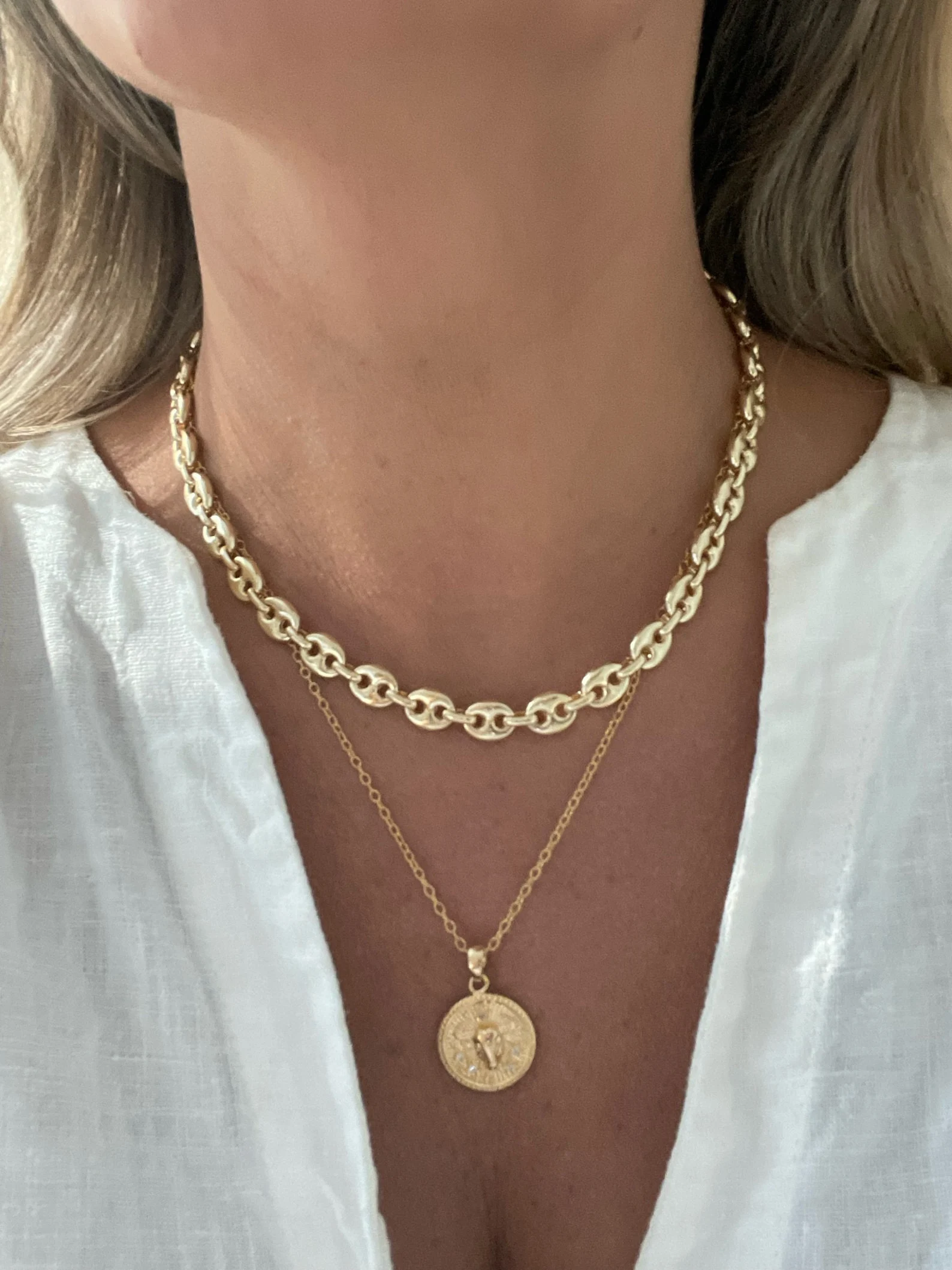
Same necklace shown with seams facing outward, left, and facing inward so you can't see them, right
Fittings Tell a Story
One of the most revealing aspects of costume jewelry is its fittings—the toggles, connectors, and clasps that hold pieces together. Luxury jewelry features custom-made fittings designed specifically for each piece or collection. In contrast, more affordable brands often use standardized clasps across their entire range.
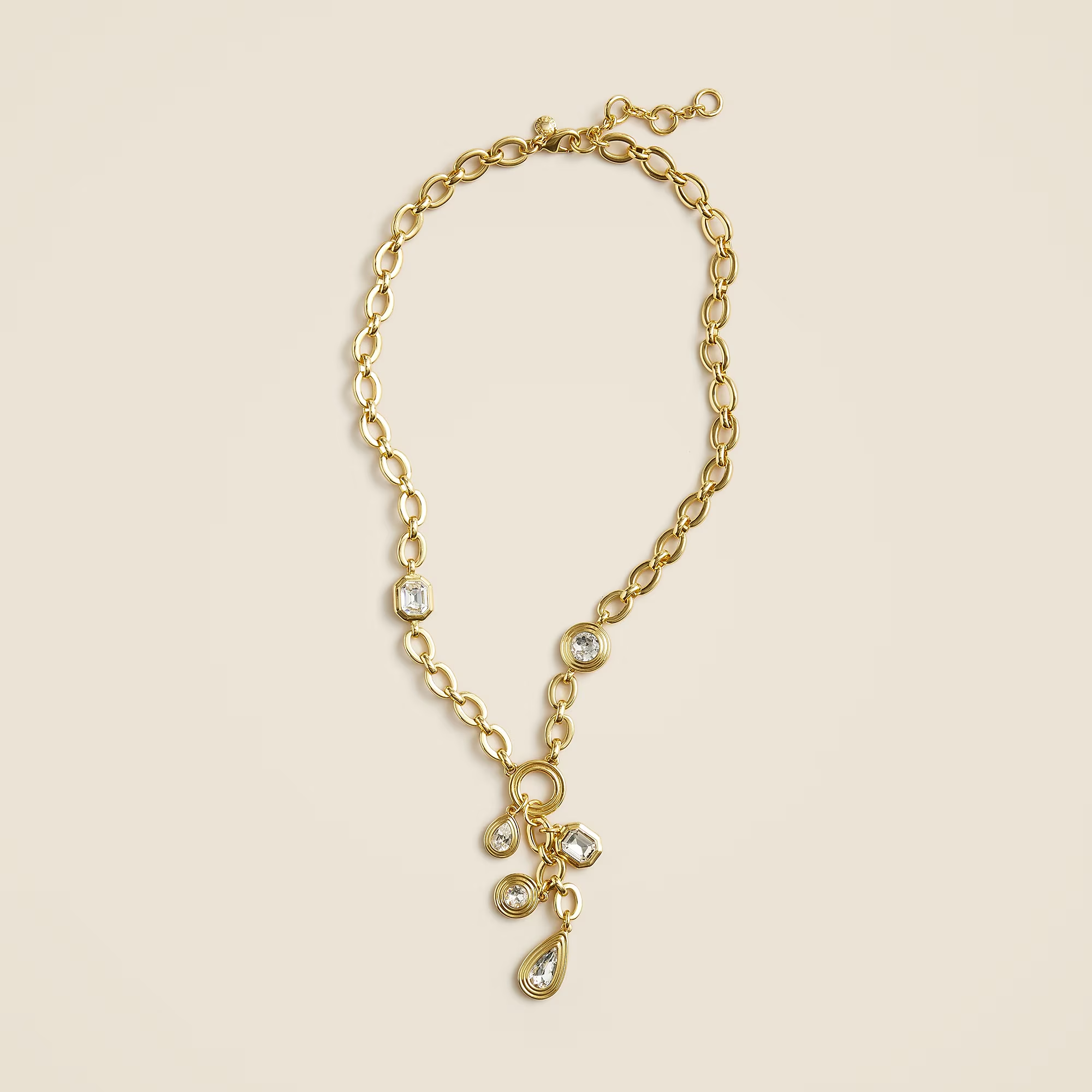
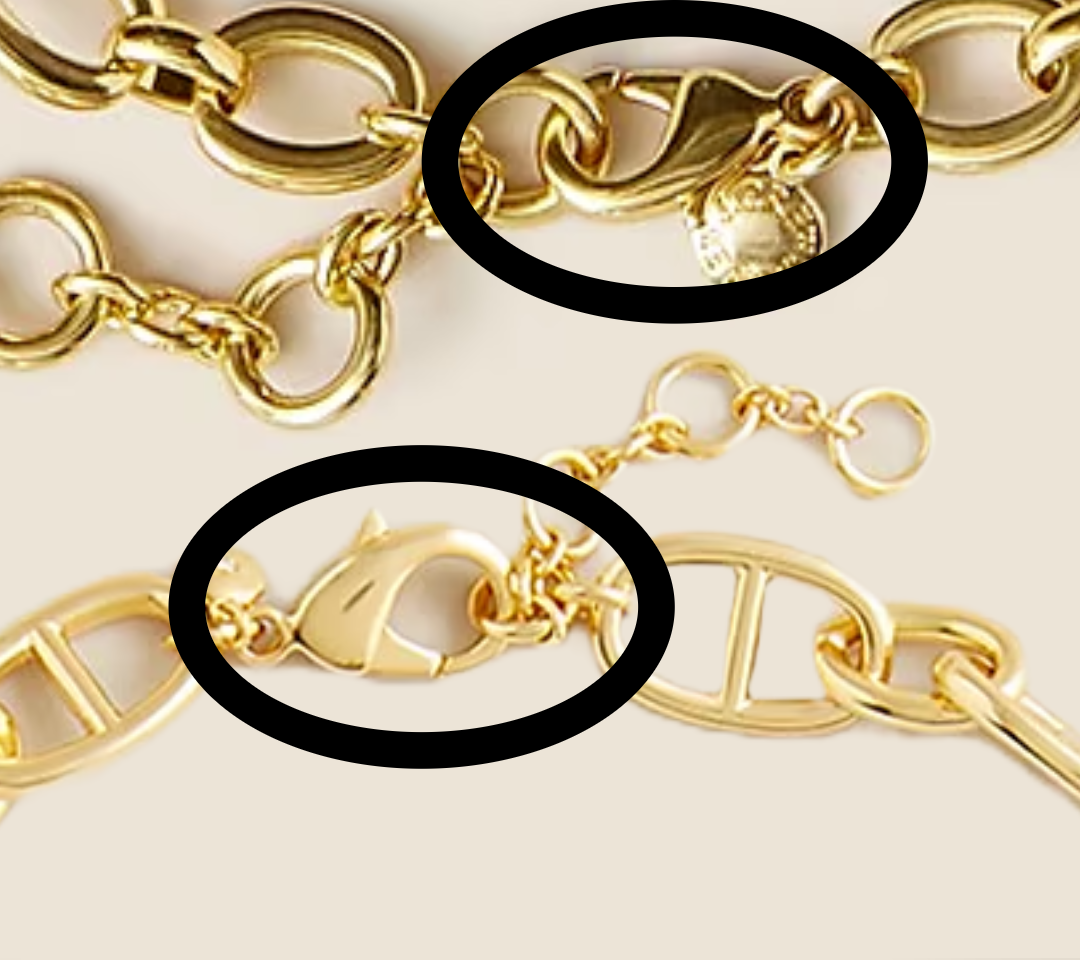
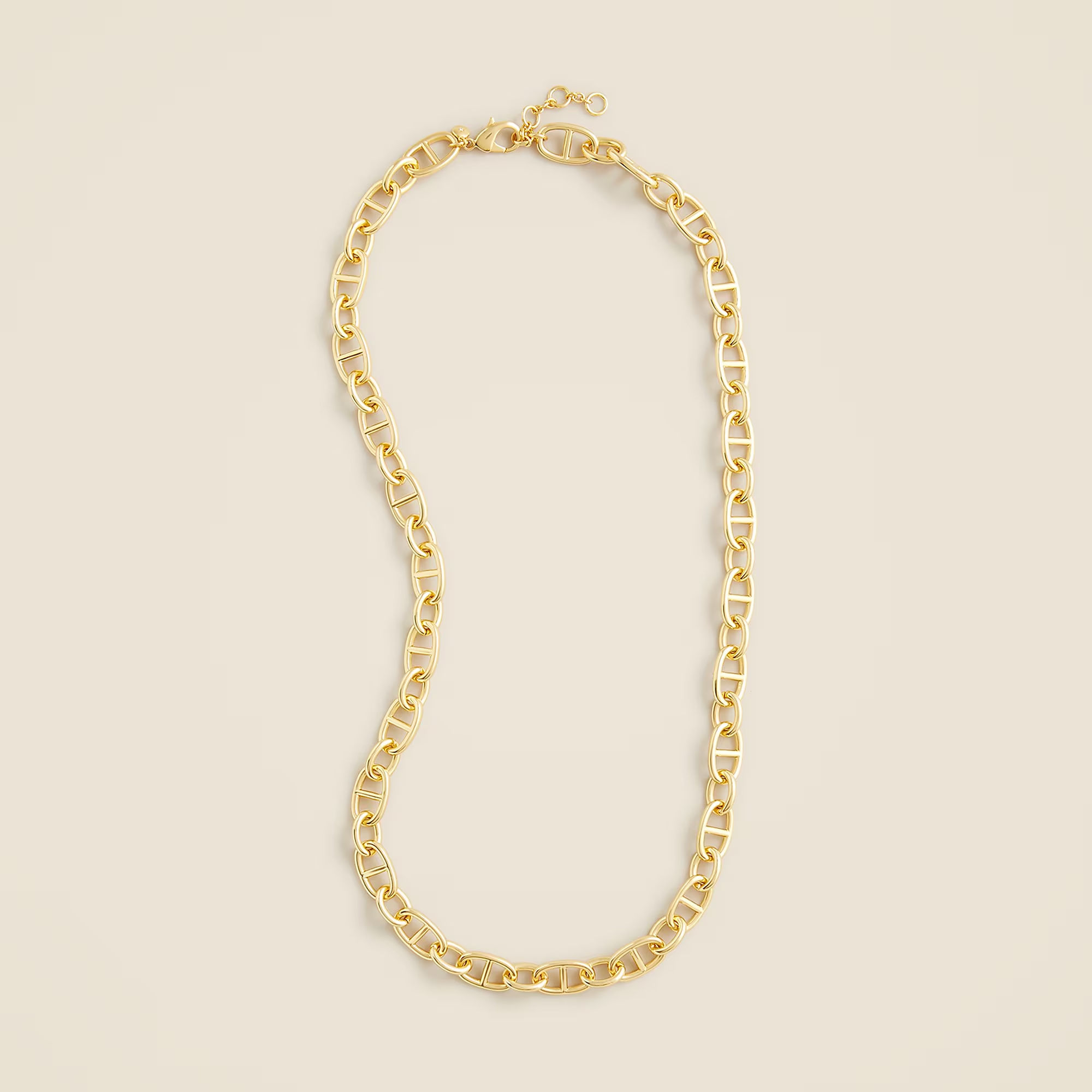
These two J.Crew necklaces have different styles but use the same lobster clasp
While there's nothing wrong with a well-made standard clasp, understanding this distinction helps you evaluate pieces more knowledgeably. If a clasp is worn on the back of the neck, my main priority is ease of use. Can I remove it easily? Cool.
If a toggle is meant to be front and center, it better look the part.
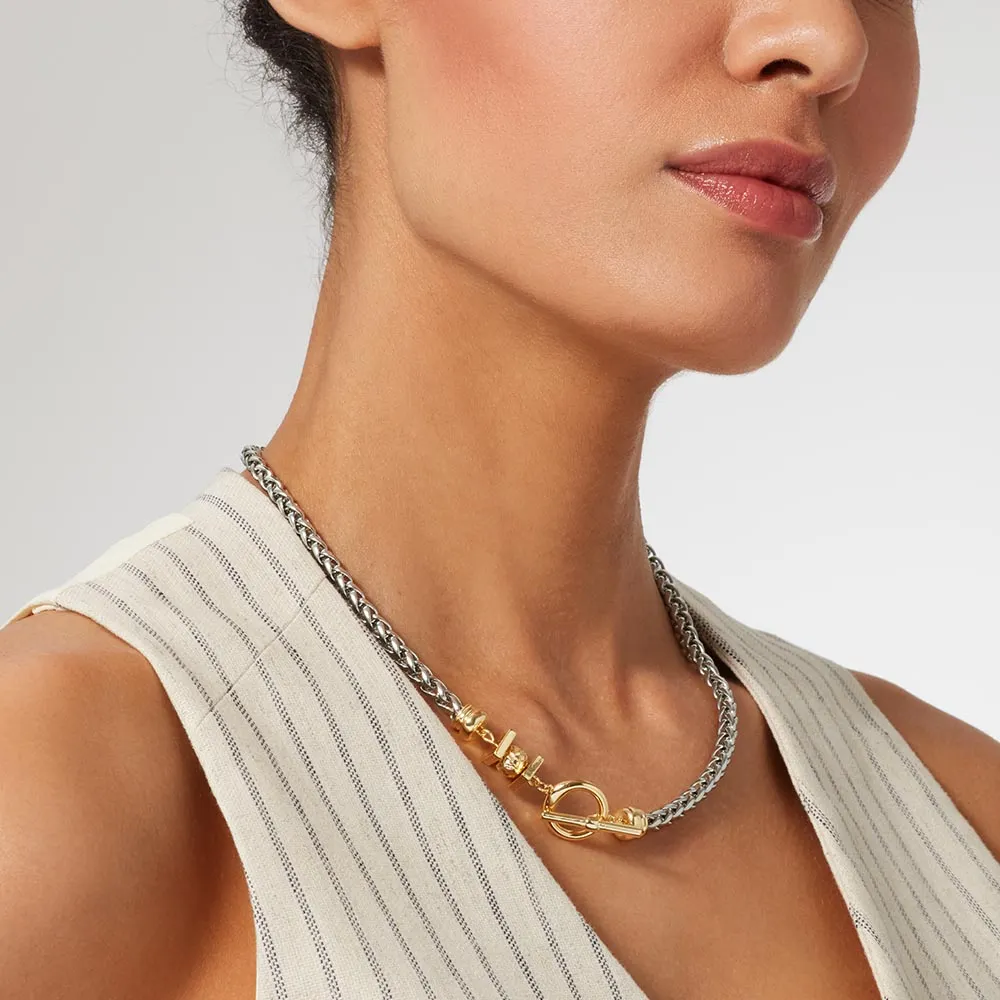
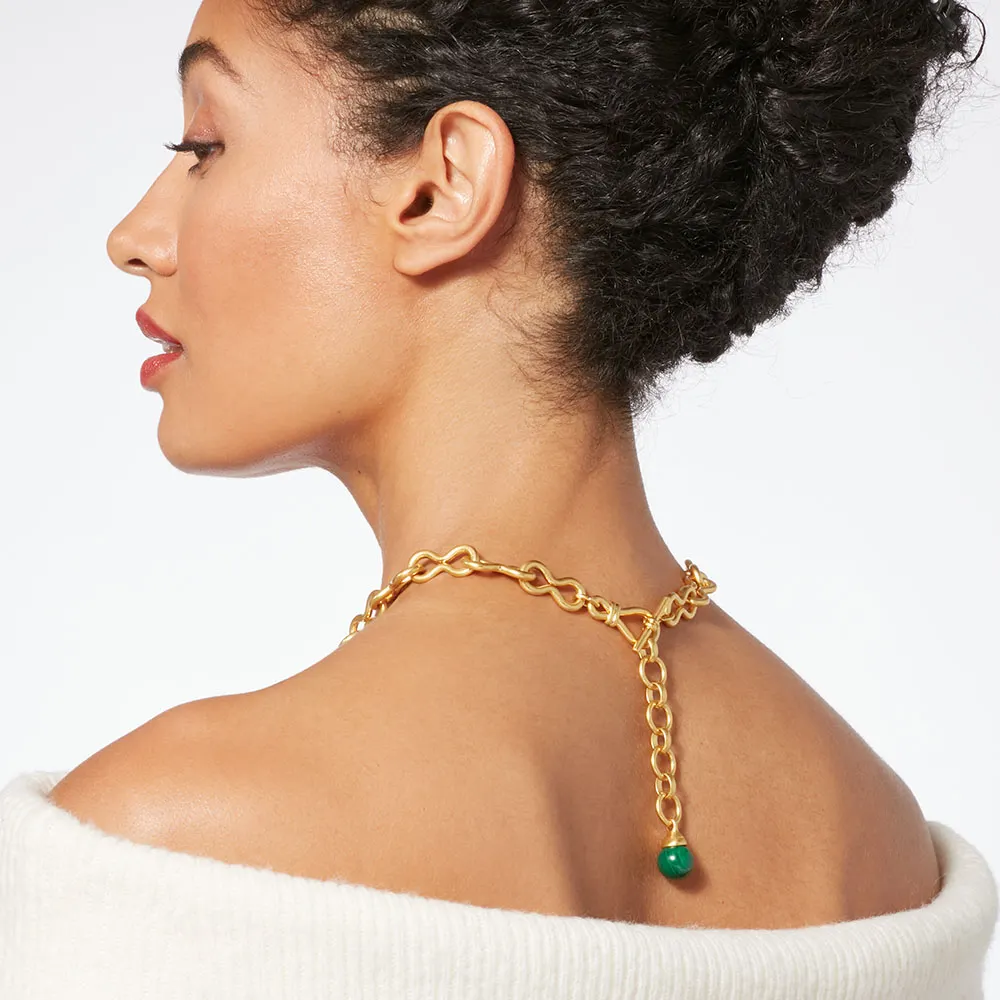
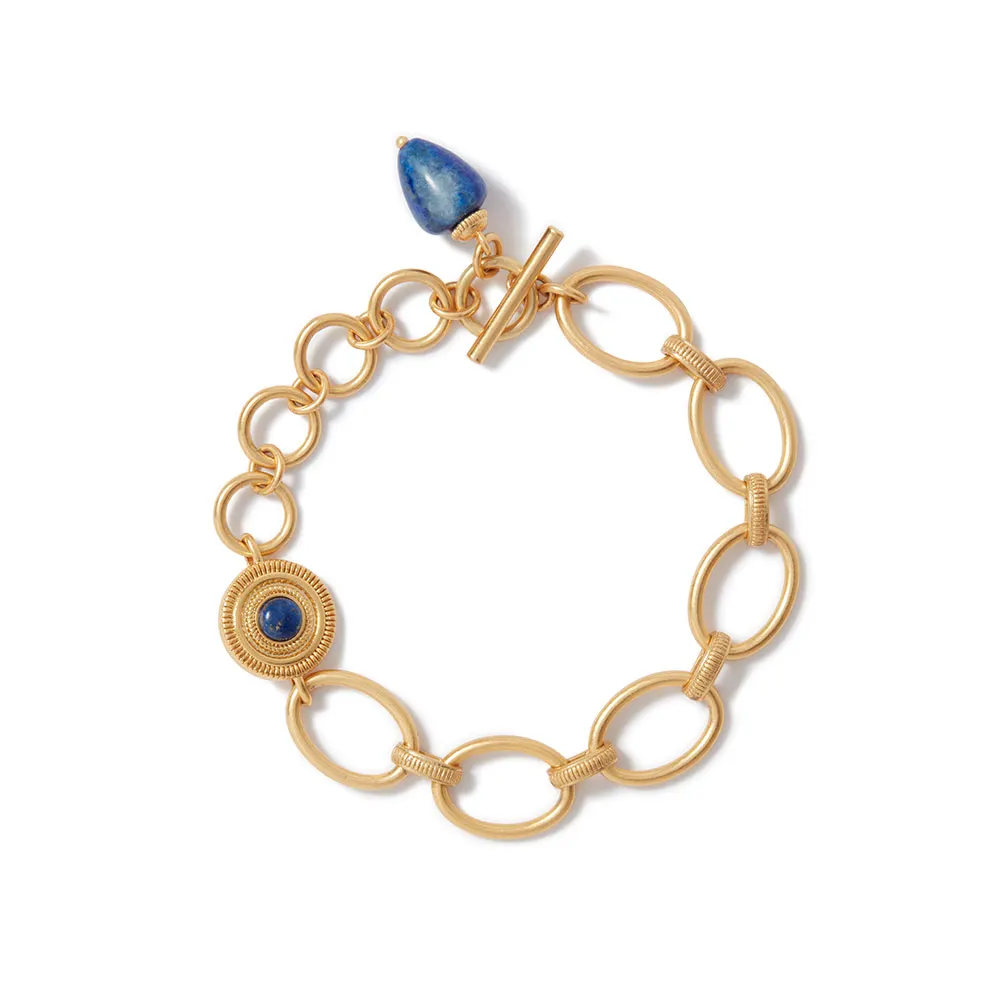
Costume jewelry from The Met with toggles worth centering: L to R, necklace, necklace, bracelet
The Golden Question
The tone of gold-plated jewelry can be particularly telling. Some costume pieces betray themselves with greenish or excessively orange tints. While certain brands like J.Crew have recently impressed with their gold finishes, silver-toned pieces are generally a safer choice if you're unfamiliar with a brand's quality.
The fashionable, covetable, dominant gold tone shifts every 7-10 years — we've moved from the rose gold trend of the 2010s to today's richer, deeper 22k-inspired fiery gold hues. This warmer, more saturated gold tone reflects current fashion trends, but any gold tone looks current when it suits your style.
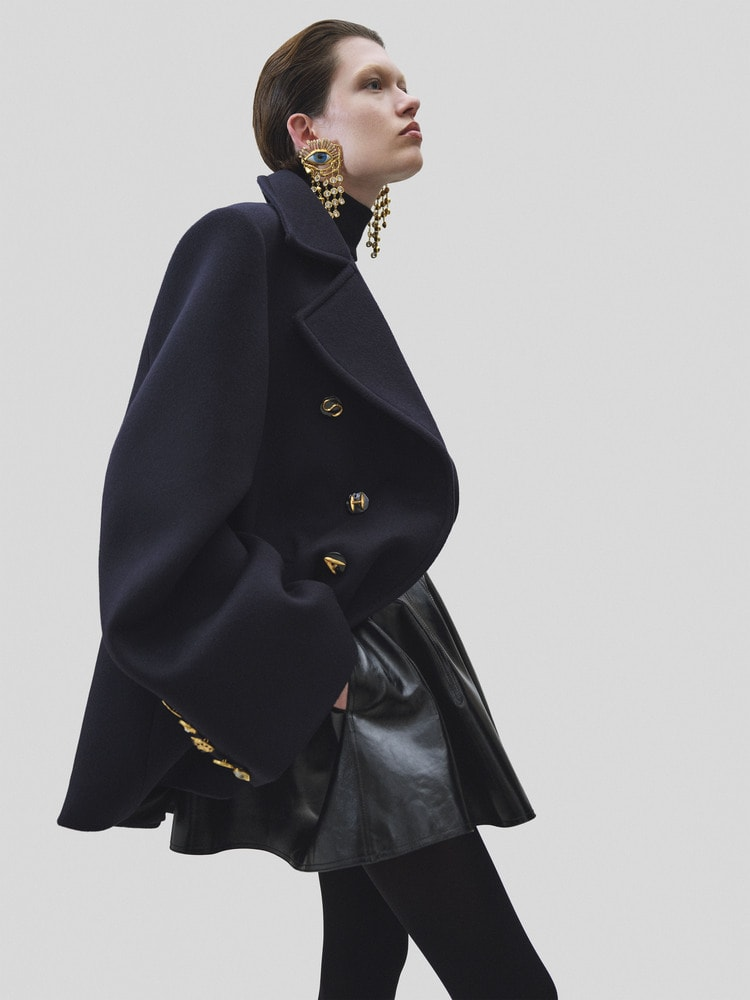
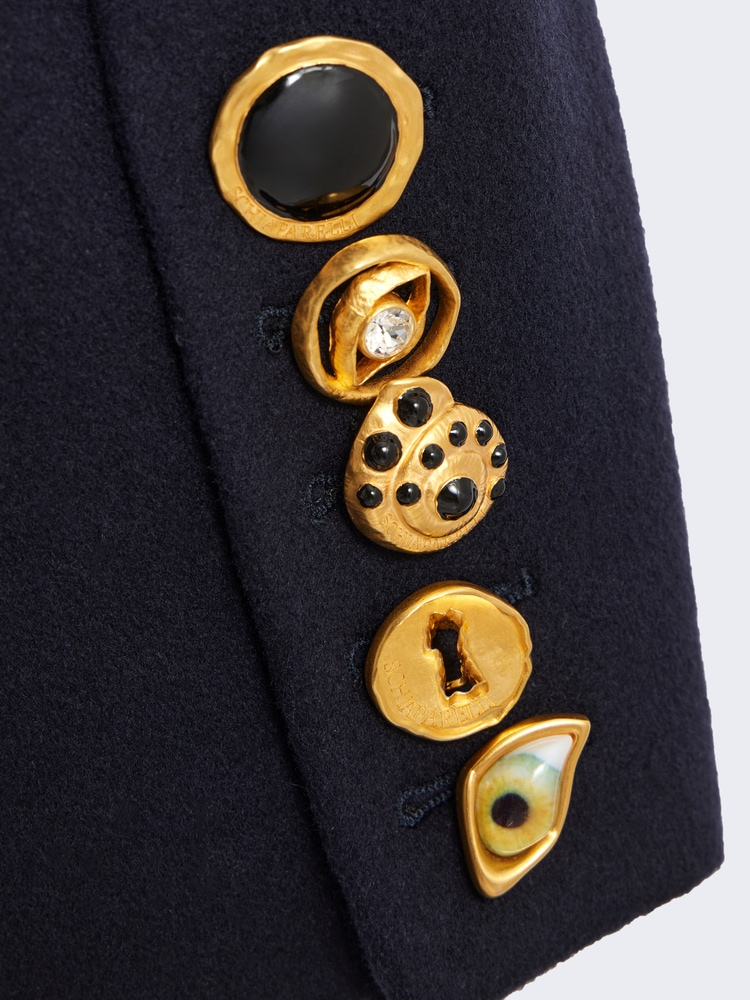
The gold tone that influenced our current jewelry: buttons of the Schiaparelli's Bijoux Buttons Peacoat
Hollow Pieces: A Study in Finesse
Wide or substantial-looking pieces are typically hollow in both fine and costume jewelry.
